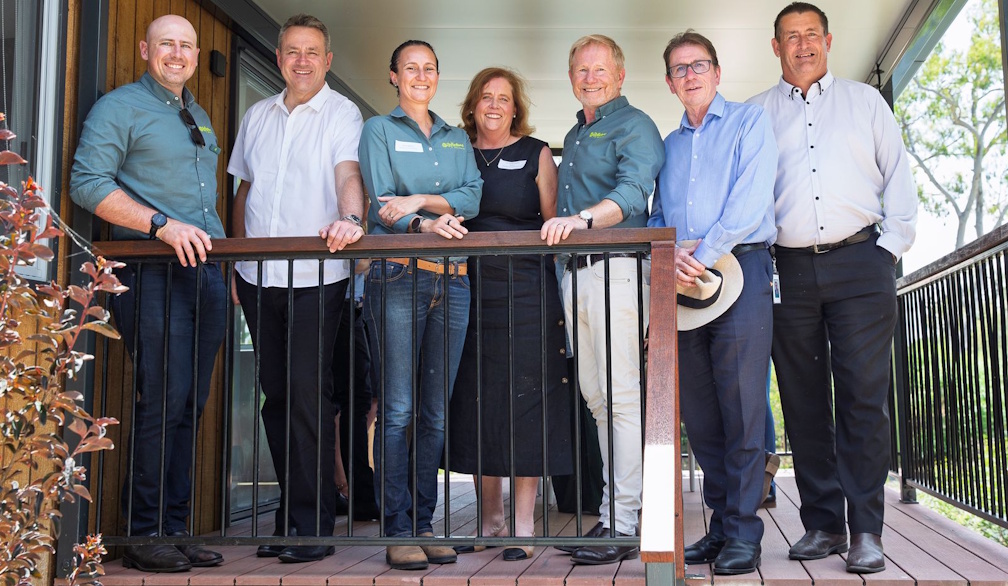Australia's new pay equality law risks failing women – unless we make this simple fix
- Written by Mark Humphery-Jenner, Associate Professor of Finance, UNSW Sydney

The Albanese government’s efforts to address the gender pay gap are laudable. Despite all the attention given to the issue over the past decade or so, sectoral pay discrimination is very real and workplace biases persist[1].
But the federal government’s new tool to address the problem, the Workplace Gender Equality Amendment Bill, may not achieve much.
The amendment[2] to the Workplace Gender Equality Act[3] (enacted by the Gillard Labor government in 2012) requires all companies with more than 100 employees to report their “gender pay gap”.
Read more: How the jobs summit shifted gender equality from the sidelines to the mainstream[4]
Much like the Modern Slavery Act[5], the idea[6] is that public reporting will concentrate employers’ attention on the problem, leading to greater gender equality.
But will it?
The problem is the type of data companies must report to the Workplace Gender Equality Agency[7], which has been publishing pay-gap statistics since being established by the Workplace Gender Equality Act in 2012.
As with the other statistics the agency has published over the past decade, the new amendment[8] requires only publishing simple aggregates:
The Agency must publish aggregate information, for each relevant employer for each reporting period, for the purpose of showing the employer’s performance and progress in achieving gender equality in relation to remuneration for the employer’s workforce"
This may seem like a positive step. But aggregate numbers – which in practice translates into reporting summary statistics – do not help us to either identify or understand the pay gap. Those aggregates also don’t help us come up with the right fixes.
To do that requires better data that enables more precise analysis for the factors affecting pay disparities.
The problem with averages
Averages are ubiquitous in statistics. They can serve a important service, such as identifying trends. I’ll even be using averages to illustrate a few points.
But their limitations should be understood. They are particularly problematic when it comes to areas of endemic inequality, such as income.
Consider a company with 101 employees, one being the founder and chief executive. The other 100 employees, split 50/50 between men and women, are all paid the same salary.
But suppose the chief executive pays himself ten times as much as the other employees. This isn’t ridiculous; the average CEO of a listed company in Australia is paid 132 times[9] the average income. This creates a 17.6% gender pay gap.
Now consider a similar company, run by a “tech bro” who doesn’t draw a salary but does pay every single women 2% less than every man. The aggregate numbers will show no gender pay gap.
In the first case, where there’s no explicit gender discrimination, aggregate numbers can be misread as indicating there is. In the second case, actual gender discrimination is obscured.
The WGEA’s pay gap results
References
- ^ workplace biases persist (danielle-li.github.io)
- ^ amendment (parlinfo.aph.gov.au)
- ^ Workplace Gender Equality Act (www.legislation.gov.au)
- ^ How the jobs summit shifted gender equality from the sidelines to the mainstream (theconversation.com)
- ^ Modern Slavery Act (www.legislation.gov.au)
- ^ the idea (parlinfo.aph.gov.au)
- ^ Workplace Gender Equality Agency (www.wgea.gov.au)
- ^ new amendment (parlinfo.aph.gov.au)
- ^ paid 132 times (thenewdaily.com.au)
- ^ Workplace Gender Equality Agency (www.wgea.gov.au)
- ^ CC BY (creativecommons.org)
- ^ A$90,324 a year in 2021 (www.abs.gov.au)
- ^ Women are as likely as men to accept a gender pay gap if they benefit from it (theconversation.com)
- ^ defines equal pay (www.wgea.gov.au)
- ^ make things worse (papers.ssrn.com)
Authors: Mark Humphery-Jenner, Associate Professor of Finance, UNSW Sydney














